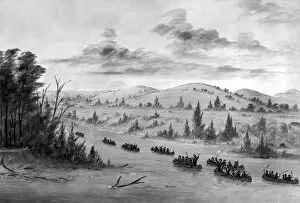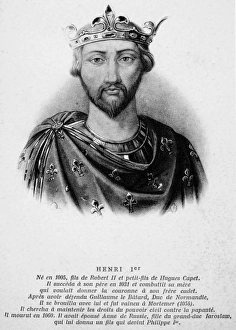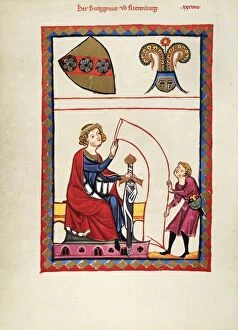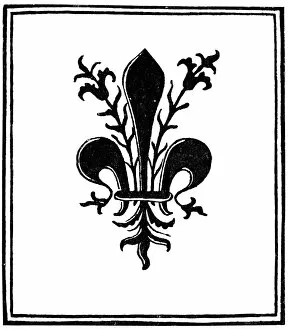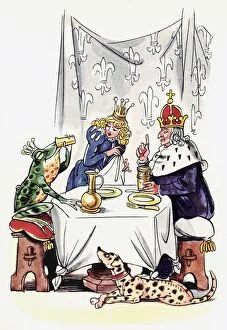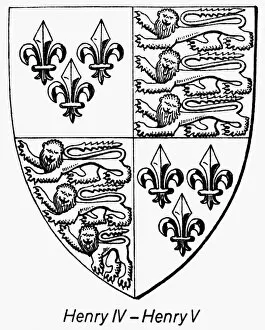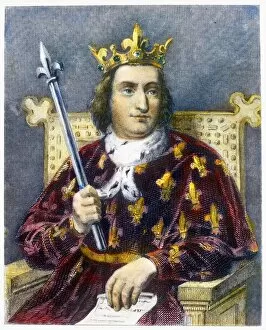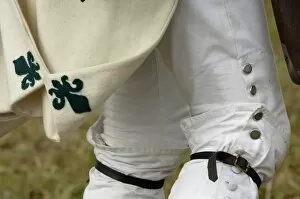Fleur De Lis Collection (page 7)
"Fleur de Lis: A Symbol of Nobility and Power Throughout History" The fleur de lis, a timeless emblem that has adorned countless artifacts and structures
All Professionally Made to Order for Quick Shipping
"Fleur de Lis: A Symbol of Nobility and Power Throughout History" The fleur de lis, a timeless emblem that has adorned countless artifacts and structures, holds a rich history steeped in nobility and power. From knights in medieval tournaments to the crowning glory of British monarchs, this iconic symbol has left an indelible mark on various cultures. In the 15th century French manuscript illumination, we witness knights on horseback engaging in a thrilling tournament. Among them stands one knight, his prowess evident as he is presented with a trophy. The fleur de lis proudly adorns their attire, signifying chivalry and honor. Fast forward to the coronations of George IV, George II, and George I where the Imperial State Crown takes center stage. Encrusted with jewels and featuring intricate designs including the fleur de lis motif, these crowns exude regality fit for kings. Venturing into Italy's Umbria region brings us to Gubbio's Palazzo dei Consoli (Town Hall), where an enchanting crescent moon embellished with fleur de lis greets visitors. This celestial symbol adds mystique to an already captivating structure. Delving further back in time reveals Charlemagne - King of the Franks and Emperor of the West - whose reign from 768-814 showcased his might through artistry such as Albrecht Durer's painting depicting him holding a scepter topped by none other than the fleur de lis. Even nature pays homage to this enduring emblem; along Saints Way Walk in Fowey, Cornwall during May 1991, vibrant flowers resembling delicate fleurs de lis bloom alongside pilgrims' footsteps. The Imperial State Crown created in 1937 remains shrouded in mystery regarding its origins but not its magnificence. With diamonds galore and pearls aplenty set against velvet blue fabric adorned with golden fleurs de lis, this crown epitomizes grandeur.


